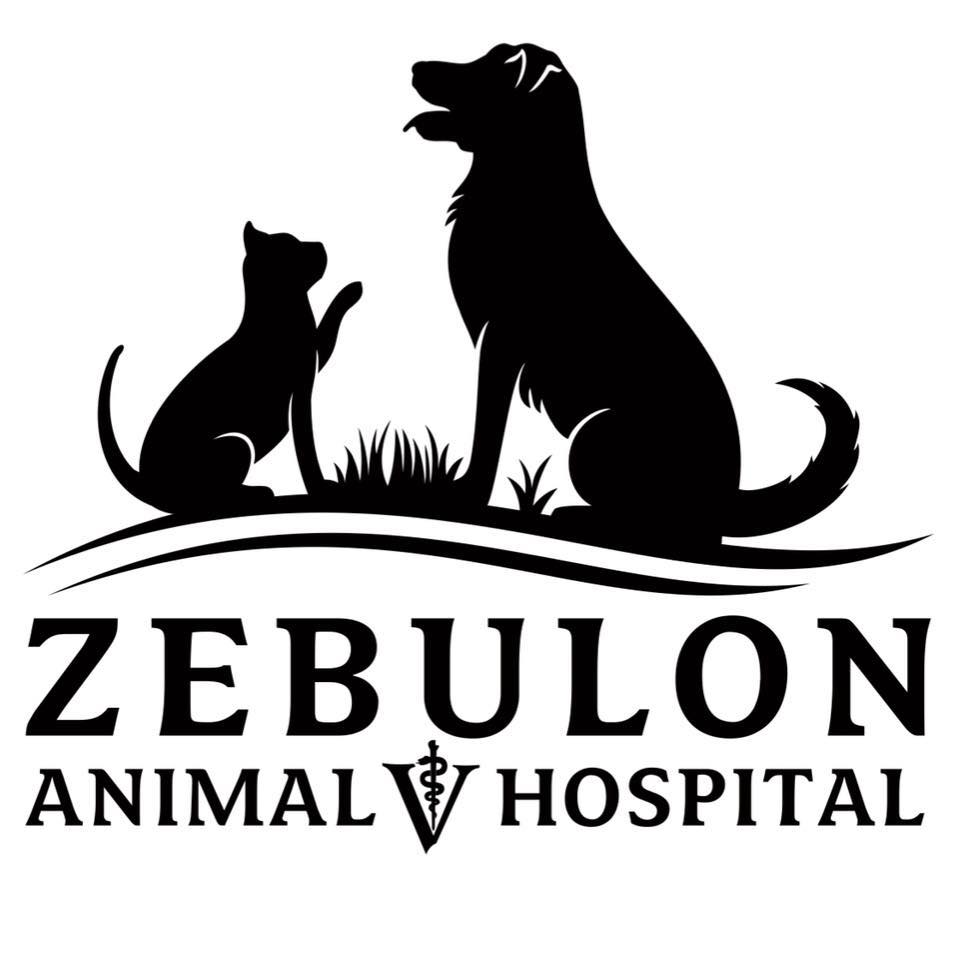Spay and Neuter | What to expect for your pet’s surgery at Zebulon Animal Hospital
What is it, and what are the benefits?
The most common surgical procedures performed at Zebulon Animal Hospital are spaying and neutering.
While most people are familiar with these terms, many are not exactly sure what is actually done while their pet is with us, what is involved in the surgery, or what all the benefits are.
Spaying is the removal of the ovaries and uterus in female dogs and cats, while neutering is the removal of the testicles in male dogs and cats.
Spaying and neutering can help reduce the number of unwanted animals in shelters, which can ultimately lead to euthanasia.
They can also help prevent certain health problems in both male and female animals, such as pyometra (a life-threatening infection of the uterus in female dogs and cats), testicular cancers, and prostate issues.
Spaying and neutering can also help to reduce unwanted behaviors, such as roaming, aggression, and marking.
What to Expect on the Day of Surgery
On the day of surgery, you will bring your pet in that morning and leave them in our care for most of the day. They must arrive on an empty stomach, without food after 9 PM the night before.
You should allow about 10-15 minutes for check-in. There will be. a short form for you to fill outtions regarding your pet’s health and some additional services you may choose to have done while your pet is with us.
Upon arrival, a veterinary nurse will evaluate your pet and check its vitals. If you opt to have pre-anesthetic lab work done (this is always recommended and sometimes required), the nurse will also draw blood at this time.
Dr. Kelly will then administer some medications that will help your pet relax and provide pain relief.
A veterinary nurse will place an IV catheter in your pet’s leg shortly before surgery.
This allows us to administer IV fluids during your pet’s surgery to keep your pet hydrated and maintain normal blood pressure. The IV catheter also allows us to have immediate access to administer emergency medication if the need arises.
When your pet is taken into the surgery suite, it is placed on a warming pad, and Dr. Kelly will administer an anesthetic drug through its IV catheter. Once it is asleep, Dr. Kelly will place an intubation tube, which allows us to control its anesthetic level through gas anesthesia and ensures its airway is protected throughout the surgery.
Your pet is immediately placed on a heart monitor, and IV fluids are started. The nurse prepares the surgical site, and then Dr. Kelly begins surgery while the nurse closely monitors your pet throughout the entire procedure.
Once the surgery is complete, your pet is given another pain injection, moved into the recovery area, and closely monitored until it is awake.
After they are alert enough to remove their intubation tube, a nurse will call you with an update and give you a pick-up time. When you arrive, a nurse will discuss aftercare and answer any questions you may have.
What to Expect During Your Pet’s Recovery
Your pet will likely be groggy the evening after surgery. We recommend allowing them to rest in a warm, quiet place in the house.
You may offer food and water in small amounts at a time the day you take your pet home from surgery, then resume their regular meal routine the following day. It is usual for them to have a decreased appetite, as well as gastrointestinal symptoms such as vomiting or diarrhea, for up to 24 hours. For two weeks following surgery, your pet should be removed on a leash, and running, jumping, and rough playing should be avoided.
Cats should be kept indoors for these two weeks. Your pet should only bathe or swim 14 days after surgery. Your pet’s incision should remain clean and dry. Elizabethan collars are strongly advised, and if they are not purchased at the time of surgery and your pet begins licking its incision site, you should contact us as soon as possible about purchasing one.
This will help prevent your pet from tearing the incision site open or causing irritation/infection by licking and chewing. If your pet does require an e-collar, it must be worn at all times for 14 days. They must be leash-walked and cannot be left outside unattended with an e-collar on.
Your pet’s incision site should be checked daily, and we should be notified of any swelling or discharge. In most cases, absorbable sutures are placed, and your pet does not need to return for suture removal or follow-ups unless you have concerns. Your pet may resume normal activity after 14 days.
Spaying and neutering are done by appointment after Dr. Kelly has seen your pet for an exam to establish care.
If you have any questions about spaying or neutering, or if you would like to schedule an appointment, please give us a call at 770-872-8343
Serving Zebulon, Griffin, Barnesville, Thomaston, Meansville, Concord, Molena, Williamson, and the surrounding areas.


